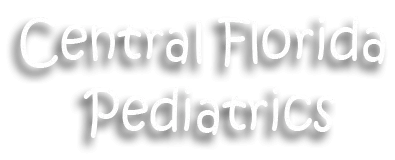Patient Education Library

The American Academy of Pediatrics (AAP) is an organization of 67,000 primary care pediatricians, pediatric medical subspecialists, and pediatric surgical specialists dedicated to the health, safety, and well-being of all infants, children, adolescents, and young adults.
As part of that commitment, the AAP publishes expert advice for parents, caregivers, and patients on Pediatric Patient Education. Information can be accessed 24 hours a day, 7 days a week, and many titles also are available in Spanish.
- adhd
- adolescents
- autism spectrum disorder
- behavioral and psychosocial issues
- chronic health needs
- common illnesses and conditions
- growth and development
- immunizations
- infectious diseases
- newborns infants and toddlers
- nutrition and healthy living
- pediatric care
- safety and prevention
- school-aged children
- sexual health and sexuality
- sports and fitness
- substance abuse
- well-child visits
- Schmitt Pediatric Care Advice
- COVID-19
- breastfeeding
- Newborn or Infant Problems
- Genital or Urinary Symptoms
- Chest or Breathing Symptoms
- Head or Brain Symptoms
- Ear Symptoms
- Nose Symptoms
- Eye Symptoms
- Behavior Problems
- Skin - Widespread Symptoms
- Neck or Back Symptoms
- Skin - Localized Symptoms
- Mouth / Teeth / Throat Symptoms
- Fever Symptoms
- Abdomen or Digestive Symptoms
- Arm or Leg Symptoms
- Behavior Symptoms
- Sleep Problems

